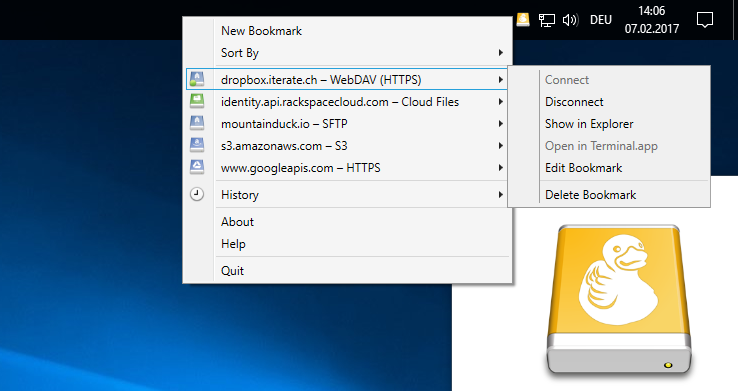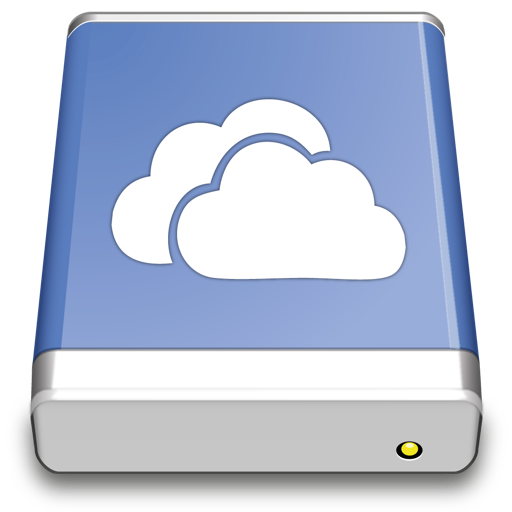
Not cool.) After all, each cloud sync service expects you to use its app, not a third-party app, to deal with whatever you store on the service guess how little help you’ll get from that service if one of these apps FUBARs your content on the service. OneDrive, Microsoft Azure and Amazon S3, along with OpenStack Swift. Connect OneDrive Personal, OneDrive Business and Sharepoint Online.

(Some of the quirks are just plain annoying, such as how CloudMounter’s and Mountain Duck’s otherwise intriguing encryption features change files’ modification dates. Mountain Duck is designed to make it easy for users to mount server and cloud storage through File Explorer and Finder. Mountain Duck lets you mount server and cloud storage as a disk in Finder on macOS. While each has its use case and is geekily interesting, each also has just enough quirks that I’d fear for the safety of my files. Documentation History Detailed view of transfers in progress and history of recently edited files on your computer and on the server. I tried three such apps: CloudMounter, Mountain Duck, and the promising but beta-level-buggy Strongsync. Mountain Duck also supports creating shares in Dropbox, Google Drive, Backblaze B2, Microsoft OneDrive and NextCloud & ownCloud deployments. The idea is that you can store a lot more stuff than your local storage will allow, since files so stored are only in the cloud. Instead use Mountain Duck to access your personal file storage with smart.

There are a few apps out there which allow you to mount a cloud sync service’s storage as a networked pseudo-drive, rather than sync with files that live on your device’s local storage. Comparison with client applications from OneDrive, Dropbox and Google Drive. I wrote this at the end of a recent blog post concerning cloud sync:įinally, I can also give some advice on a somewhat related subject.


 0 kommentar(er)
0 kommentar(er)
